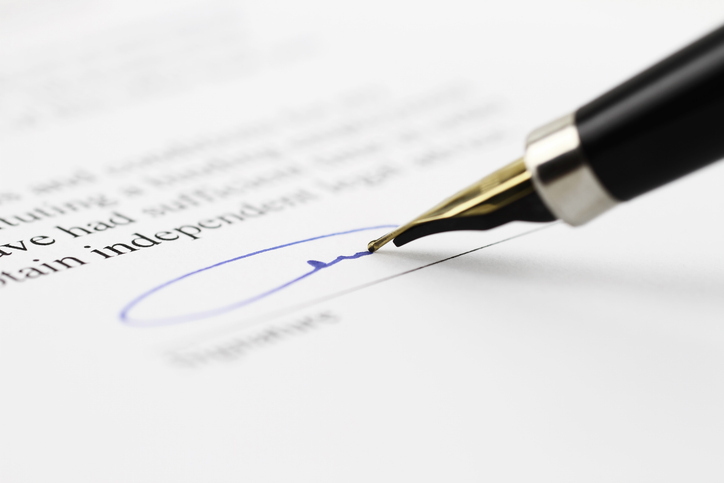It is universally accepted that the internet is no longer just a shop window for a business, but a powerful tool that can be used in a wide variety of ways to promote a business and increase the chances of gaining an advantage over competitors.
Business planning now has to have online strategy as a central component, as it serves the business in a variety of ways. This may include the use of domain names, website content, social media, online marketplaces and search engine optimisation (SEO) among others. Many would argue that it is not possible to have a successful online strategy without coordinating each and every one of these aspects of an online presence.
The key element that unites this media is the brand and the message that brand conveys. The foundation of securing use of your preferred brand is to conduct searches to ensure that use would not conflict with earlier registered rights of third parties and secure trademark registration yourself. However, that is no longer enough in itself. The online strategy of a business itself goes hand-in-hand with any IP strategy.
A successful online strategy ensures that the chosen brand can be secured as a preferred domain name address, Twitter and Facebook address and can be used in online marketplaces relevant to that business without confusion being caused.
In addition jurisdiction needs to be taken into account. The internet provides a window to the world and you need to be aware that others may have relevant protection and the right to use similar brands in other countries. But, that does not mean they have the right to actively promote their products or services in countries where you may own the right to use and exploit that brand.
Securing use of your preferred brand in each online area relevant to the business is the first step, but by no means the only step. Protecting your brand online becomes ever more complicated as would-be infringers become more sophisticated.
SEO and mistyped web addresses are being increasingly used to divert traffic not only to potentially infringing sites, but genuine competitor sites and can result in a loss of valuable business.
Google AdWords
As previously highlighted in an earlier article SEO and the use of Google AdWords is common. Many businesses utilise this so it is prudent to check regularly what other businesses are appearing when your brand is entered into Google and checking how they got there and whether or not they are using your brand to promote their own goods. This may be an infringement of your rights, which you have the power to stop, so if it is happening don’t let it continue.
Tools are now not only available to track the use of Google AdWords, but also to monitor online marketplaces, social media forums and website content for use of your brand to see how it is being used by third parties.
The re-sale of genuine goods is of course permissible and use of another’s brand for comparison can be permissible, but there are a number of circumstances where such use can amount to trademark infringement. Comparisons must be fair and compare like for like without denigrating the product of another. The re-sale of goods can amount to infringement where the goods have been impaired. These are examples of how a third party using your brand can adversely affect your reputation and goodwill and you do not have to put up with it. However, the biggest step is to monitor for adverse or infringing use of your brand in order to prevent it from happening.
The use of your brand by third parties does not only extend to competitors. Brands are often reviewed by independent sites or referenced on sites such as Wikipedia. It is important to check that information contained within these sites is accurate and contemporary. In cases such as these the use that is made of a brand may not amount to trademark infringement, however, that does not mean you cannot enter a dialogue with those responsible for the information to correct any errors. In fact the likes of Wikipedia have guidelines as to how information can be amended, so use these to your advantage to ensure that your brand is presented in the best way possible.
Another area where there is increasing online infringement is the use of mobile applications. Many businesses now produce mobile applications to engage with customers and consideration needs to be given to how this interface looks and in particular how it uses the brand. When potential customers are searching for products in app stores and on mobile devices use of a distinctive and recognisable logo can be very effective in ensuring that customers select the genuine application over competing applications. It also means that lookalike logos or icons can be very damaging and easily result in consumers downloading the wrong application.
There are many aspects of the online world that you cannot control or influence, but don’t let your brand be one of them. It’s an important, if not the most important, asset a business has. It encapsulates all the great work and products that go into making a successful business and showcases it to the world. You need to think through how a brand will be used in the many different forums and ensure that you are proactive in dealing with any adverse use of the brand or infringement by competitors. This will help to secure a competitive advantage and make the most of your online presence.
Matt Sammon is head of the UK trade mark practice at Marks & Clerk.





